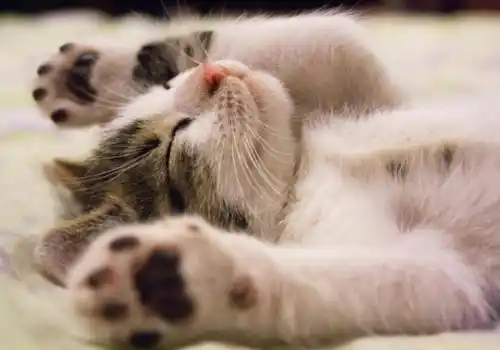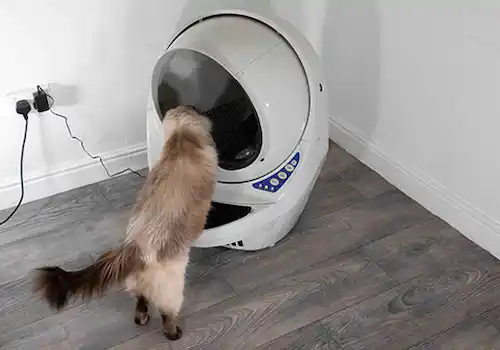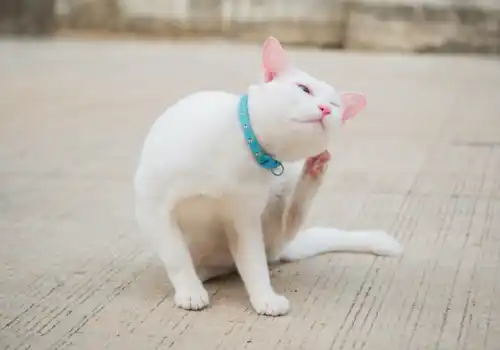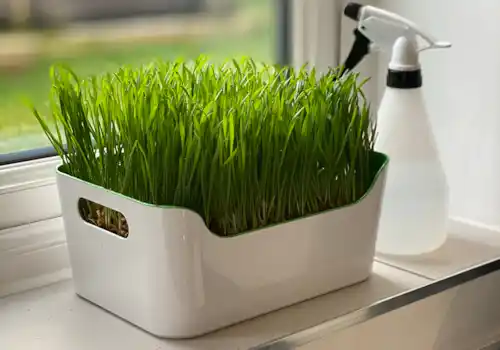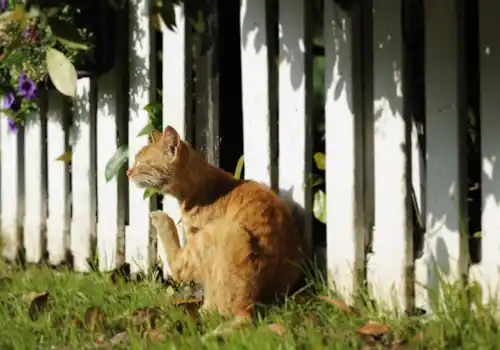From cold weather advice to grooming tips, we have seasonal solutions to help cats cope with the big freeze.
1. Provide access to somewhere warm
Most cats prefer to snuggle up indoors when it’s cold, but if your cat loves the outdoors, make sure he always has access to somewhere warm and dry — a cat flap into your shed, for example. If it’s really cold, keep him inside — extremely cold temperatures can cause hypothermia and frostbite.
2. Set up a litter tray
Cats who usually toilet outside are likely to need a litter tray, especially when there’s snow on the ground. Stock up on cat litter and place the litter tray somewhere quiet in the home, so that he has privacy.
3. Check your cat flap
If temperatures dip below freezing, cat flaps can become iced up, so regularly check to make sure that your cat can get out and, of course, back in again.
4. Microchip
It’s a good idea to keep your cat indoors at night when the temperature drops, and the risk of road traffic accidents is higher. Make sure your cat is fitted with a microchip so, if he does wander off in search of a warm place, he can be traced back to you.
5. Check beneath your car
Cats seeking shelter can be tempted to crawl into a warm car engine, where they are in danger of being seriously injured, or even killed, when the engine is started up. Always check beneath your car or under the bonnet before heading off, if you know there are cats about.
6. Supervision
If this is your cat’s first experience of snow, he’ll be intrigued by it and keen to explore, but the cold on his paws might be a little startling. Go into the garden so you can supervise and play with him — making sure he doesn’t fall into a frozen, snow-covered pond, for example. If he panics, you can open the door so he can rush back inside.
7. Check the paws
Check your cat’s paws when he comes home, gently wiping off any grit, salt, or compacted snow from around his paw pads.
8. Indoor entertainment
If the weather means an otherwise outdoorsy cat is confined, ensure he has plenty to entertain him so he can burn off energy, from a sturdy scratch post to interactive toys, which you can enjoy playing with together.
9. Cosy bed
Cats with fine coats can feel the cold, even if they don’t go outside, so ensure they have cosy, warm beds, ideally raised off the floor and out of draughts. A radiator bed, for example, is ideal for heat-seeking felines. Pet-safe microwave heat pads are also a good idea for elderly cats, but be sure to cover them with a blanket. If you have an open fire, make sure you screen it off so that your cat can safely doze in its warmth.
10. Regular grooming
Many cats have thicker coats in winter. Those with longer coats may be prone to mats and knotting, so give them a regular groom to release loose hair, paying particular attention to the tummy and inner leg areas, where knots can form.

